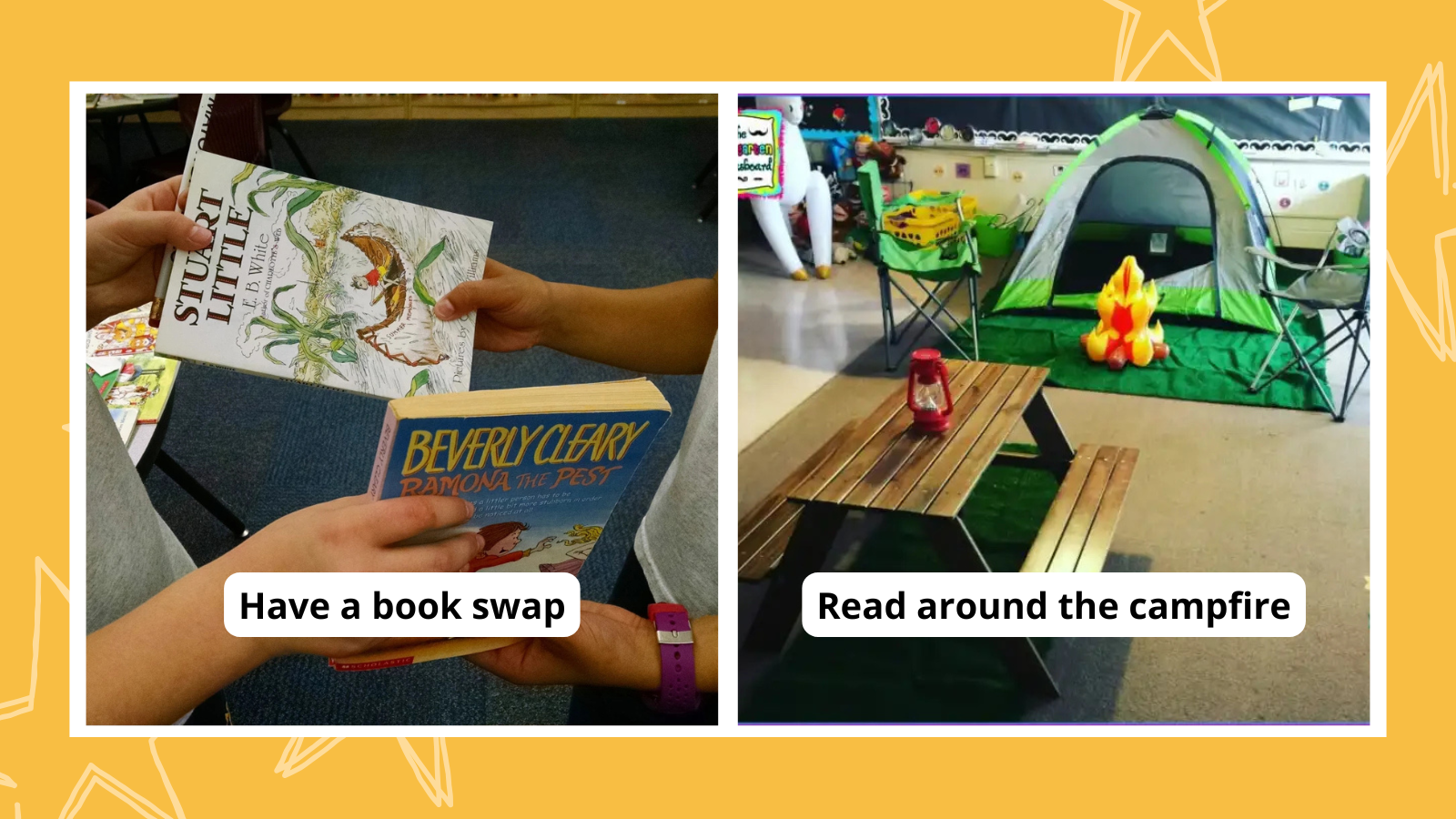Why did no one warn me? I was 25 years old, a second-year master’s student, standing in front of 70-plus undergraduates with my heart pounding and palms sweating. I thought I had prepared well for this moment, yet I felt completely unprepared standing there. Despite knowing my subject, I felt like an imposter in that moment. No one had told me how disorienting the shift could feel, going from student to teacher. The truth is the transition is not just about stepping in front of a classroom; it is about navigating a new identity while still figuring out the dynamics of being both a learner and a teacher. The shift is gradual, and it can be overwhelming. However, as I have started this journey, I have discovered key elements such as preparation, mentorship and embracing growth that make the process a little easier.
Mastery Through Preparation
Teaching is not just about knowing the material—it’s about understanding it well enough to explain it to others. I quickly realized that preparation goes beyond reviewing notes. It involves diving deeper into the subject and thinking carefully about how to present the information in a way that makes sense to students who are encountering it for the first time. I find myself revisiting fundamental concepts, designing small lesson segments, reading articles, and critiquing research in ways I never had to as just a student. It feels like getting a crash course in my own subject area all over again—but this time with a deeper level of engagement. Proper preparation of both my course content and my attitude towards teaching that day is part of creating a positive classroom culture. Additionally, taking the time to prepare will instill confidence in my student’s trust in me, and my authority to impart knowledge on them (Saucier, 2019). Once I recognized that being prepared shows my students that I value their time and effort for coming to my class, preparation became a more enjoyable task
Leveraging University Resources
After stepping into this new role, I became more aware of how much support universities provide. Teaching and learning centers, workshops, and mentorship programs have been invaluable to me. These resources do not just teach how to create lesson plans; they help with things I had not even considered, such as fostering inclusive classroom discussions or aligning assignments with learning goals. During one of these workshops, I realized I was not alone in some of my hesitations. Listening to experienced faculty share their own challenges and best practices made me feel part of a larger community of learners and teachers. This collective experience made the whole transition feel a little less daunting. These resources exist for a reason, and the faculty who choose to use them will be better for it.
Mentorship: The Unsung Hero
Mentorship has been crucial to my growth. I am fortunate to have senior faculty guiding me through this process. Their support has been a lifeline, especially when it comes to translating complex theories into something more digestible for undergraduates. What I have found most helpful is not just their advice on classroom management or assignment design—it is the candid conversations about their own experiences. Hearing how they struggled with imposter syndrome or how they still tweak their teaching style after years in the field has been reassuring. These moments remind me that teaching is a process, and I am not expected to have it all figured out right away. Seeking a mentor (or several) as a young instructor helped me gain confidence – and look out for potential issues I might experience.
Growth Does Not Happen Overnight
One of the most important lessons I have learned is that growth as an instructor is gradual. There is no magical moment when you suddenly feel confident and in control of the classroom. Instead, it is an ongoing process. Each class has become a learning opportunity, and I have embraced that. Some days go smoothly, and I feel like I am making progress. Other days, I leave the classroom questioning my abilities. However, I have learned to reflect on those moments—what worked, what didn’t—and use that reflection to improve the next time. For instance, I started using new methods of student feedback to understand what might not be clicking for them. I was looking for signs of growth such as improved student engagement, or the ability to anticipate questions. I knew that this growth was happening when a previously disengaged student contributed meaningfully to a discussion. It was a small but significant sign that my efforts were working to improve not only my teaching style, but the overall culture in my classroom. Celebrate these small victories. Each class is an opportunity to learn and while it is humbling, it is also exciting to see growth, even in small ways.
Addressing Imposter Syndrome
That persistent feeling of not being good enough? It is real, and it is called imposter syndrome. I have felt it intensely since stepping into this role, as have many other early career faculty (Craven, 2014). Even though I know the material, standing in front of a classroom can make me feel like I am pretending to be an expert. Talking about these feelings with my mentors and colleagues has made a dramatic difference. Almost everyone I have spoken to has experienced the same thing at some point. Sharing my feelings made me realize that self-doubt is a common part of the process. I have addressed the impostor syndrome in my life by adapting a growth mindset. Changing my mindset helped me to overcome a lot of the negative feelings that come with impostor syndrome. It’s easy to forget that perfection is unattainable, and knowing this has helped ease the pressure and reminded me that it is okay to still be learning.
The Journey Is Just Beginning
Looking back, the transition from student to teacher is overwhelming at times. I have questioned myself, my abilities, and my readiness for this role. However, what I have learned is that this journey does not have to be perfect—it just has to happen, one step at a time. The most rewarding part of this experience so far is realizing that I do not need to have all the answers. It is about showing up, growing, and learning alongside my students. For me, the best part is knowing that this is just the beginning of my journey. Growth takes time, and that is okay.
Carlie Cunningham is a graduate student pursuing her masters in business administration at Kansas State University. While new to instructing in higher education, she is excited to see what the future holds for her in academia. Cunningham values personal and professional advancement and wants to ensure her students develop a deep appreciation for the courses they are in through delivering innovative and value-driven instruction.
References
Craven, J. G. (2014, September 16). Overcoming the Imposter Syndrome: Advice for New Faculty. Faculty Focus. https://www.facultyfocus.com/articles/philosophy-of-teaching/overcoming-imposter-syndrome-advice-new-faculty/
Saucier, D. A. (2019, September 9). Bringing PEACE to the Classroom. Faculty Focus. https://www.facultyfocus.com/articles/philosophy-of-teaching/bringing-peace-to-the-classroom/
The post Student to Teacher: The Silent Transformation appeared first on Faculty Focus | Higher Ed Teaching & Learning.
Why did no one warn me? I was 25 years old, a second-year master’s student, standing in front of 70-plus undergraduates with my heart pounding and palms sweating. I thought I had prepared well for this moment, yet I felt completely unprepared standing there. Despite knowing my subject, I felt like an imposter in that
The post Student to Teacher: The Silent Transformation appeared first on Faculty Focus | Higher Ed Teaching & Learning. Philosophy of Teaching, advice to new instructors, imposter syndrome, new faculty, new instructor, transition from student to teacher Faculty Focus | Higher Ed Teaching & Learning







